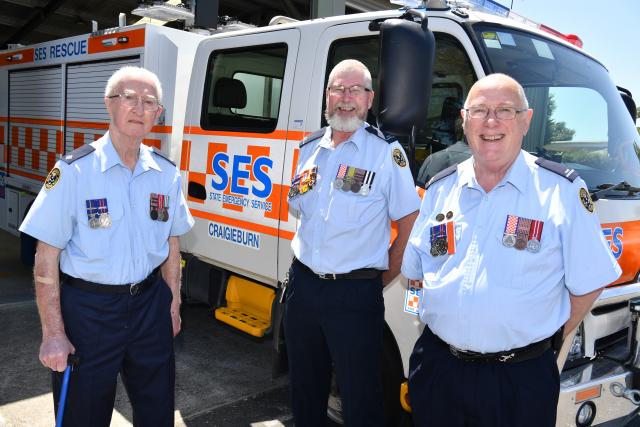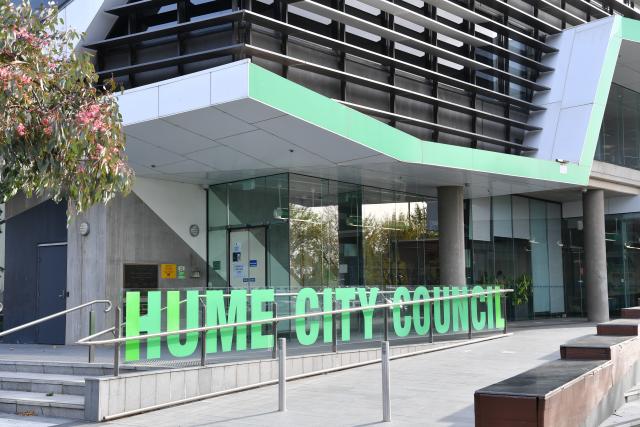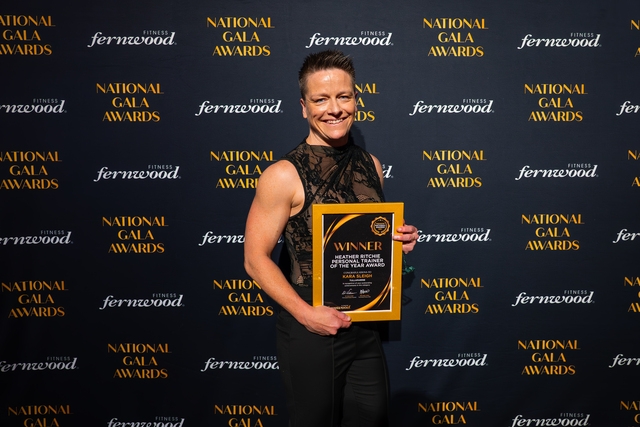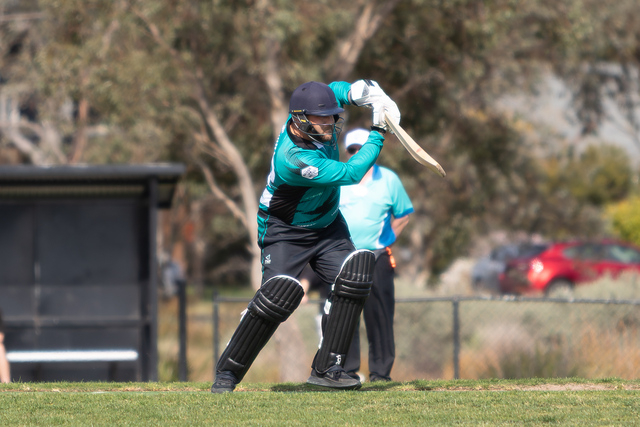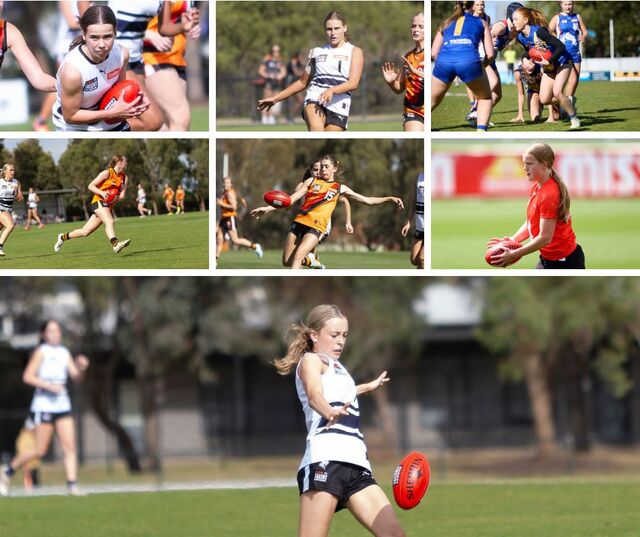As the saying goes, all good things come in threes, and this is certainly the case for the founding members of Craigieburn’s State Emergency Service (SES) unit who have marked their 40th year in the unit. Millicent Spencer caught up with the trio.
Kevin O’Callaghan, Paul Ledwich, and Alan Penaluna started the Craigieburn SES in late 1981. All hailing from different backgrounds the men joined the unit with a shared passion to help the community.
Mr O’Callaghan helped form the unit after moving to Craigieburn in 1978 and realising there was no group who could go out and help people if something went wrong.
“Prior to August, 1981, there was no SES in Craigieburn, just the CFA,” he said.
“At the time a community group wanted to buy the jaws of life to use on the Hume Highway, and at the time the CFA weren’t allowed to do it.
“We had to take the loan out to get the jaws of life and two local businessmen underwrote the loan.”
After acquiring the jaws of life, the group focused its energy on road rescue on the Hume Highway having both the tools and skills to facilitate complex rescues.
“When we first set up together, there were a lot of ex-military, scouting, and St John Ambulance people so there was a community base to start with,” Mr O’Callaghan said.
“I was in the military and I had First Aid skills which I wasn’t using at the time and I wanted to do something.
“We were originally set up to do road rescue on the Hume Highway and that’s been our primary role over all the years, but we also do things like windstorm damage, search and rescue.”
For Mr Ledwich ,it was the variety of interesting tasks volunteers could do with the SES that intrigued him to join the Craigieburn unit shortly after Mr O’Callaghan.
“I’d always wanted to do something for the community and I couldn’t find anything that would really suit me until the SES came along,” Mr Ledwich said.
“I saw an advertisement in the local newspaper that the SES was forming, and Kevin had happened to come around and see me one day after that, and he told me that the training was starting … so I went[along].
“When I joined the SES, it was sort of a job for people who can do anything.”
Six months later, paramedic Alan Penaluna joined the unit after moving into the area.
“I’ve seen and done things that I’d never ever thought I’d see and do. You go places where very few people get to go,” he said.
“Interestingly, a person asked me yesterday, if I had my time over again, would I do it all the same? And the answer is yes.”
Recalling the most memorable rescue, both Mr O’Callaghan and Mr Penaluna named a truck rescue on May 16, 1963.
“A truck collided on the highway, right off the road and turned on its side. The driver was trapped, he was hanging up in the tree. It took us nearly two and a half hours to get him out,” Mr O’Callaghan said.
“That was an exceptional rescue because there were the best part of 25 people working on getting him out.
“The chap lives in Queensland and he still sends us a Christmas card every year. That rescue was 30 years ago.”
Over the last 40 years the men have seen significant changes in the community, from population growth to the changing faces of this now diverse suburb.
“Craigieburn finished 200 metres down the road [from the SES] , it was just a little country place and everyone knew everyone,” Mr O’Callaghan said.
“We found now we’re getting more members from the other cultural groups.”
Mr Penaluna said one of the great joys of still being in the unit is seeing new people join.
“You can teach the people that are coming through how to cope with situations and what to do to maintain a level head, which is probably the hardest thing to do with any job,” he said.
While the community has drastically changed so too has technology, which the men agree is one of the bigger changes they have seen in their 40 years of service.
“We used to get old trucks to convert them and they were pretty unreliable. Our first rescue truck was an old fire truck. Now we get issued brand new trucks by the state,” Mr O’Callaghan said.
Mr Ledwich said: “The major changes I’ve seen is the training and the equipment that we use. I mean, when I first started, if we had to go up on somebody’s roof, we didn’t use a safety harness”.
Having all been awarded their 40 year service medals the “original three” aren’t slowing down anytime soon.
“I could quite easily rest on my laurels now and say I’ve done 40 years [but] what happens then? Do I just sit in a chair and twiddle my thumbs until I die,” Mr Penaluna said.
“What I do now has changed over the 40 years because I’m not a young man anymore [but] I’m still fit enough to be able to do things and assist the community in different ways.
“It’s (the SES) more for me a way of life.”
Both Mr Penaluna and Mr O’Callaghan are still actively involved in the training aspect of the Craigieburn unit, and Mr Ledwich helps out with maintaining the uniform stock at head office.
“Once you’ve done one rescue, it sort of hooks you,” Mr O’Callaghan said.
“Although I don’t get out on the truck as much, I am the unit assessor … because of my qualifications I can test people for road rescue, navigation, and storm.”
The three men all agreed that being a volunteer in the SES has given them skills and experiences to last a lifetime.
“It’s like my second family. Very few people have really good best friends through thick and thin, that have lived the same experiences you have,” Mr Penaluna said.
“Everyone helps everyone, so you build up a really strong friendship base. I will be on a rescue and I can think about what I need to use, and when I turn around Alan’s handing it to me,” Mr O’Callaghan said.
SES chief operating officer Tim Wiebusch said the organisation is very proud of the three founding members of the Craigieburn unit.
“Having known these members for around 30 years, in the course of volunteering with VICSES, Paul Ledwich, Kevin O’Callaghan, and Alan Penaluna have made an extraordinary contribution to their community whether through community education, or responding to requests for assistance,” he said.
“Best of all they give the benefit of their leadership, technical skills, and experience, gained over four decades of responding to emergencies as mentors, to our new unit members at Craigieburn; for whom they are a constant source of support.
“The unit still benefits today from the breadth and scope of their work, as do the communities across the wider Craigieburn area and throughout the country, where they have served.”
While the last 40 years have been strong, Mr O’Callaghan said membership is dwindling.
“I think the risk we’ve got at the moment is that the number of people we’ve got to the size of the area. Team members are just getting worn out,” he said.
“We need to potentially double our number, we need about 80 active operators.
“If we can get across to people the importance of helping the local community in that way I think that’s where we’re going to try and pick up the numbers through that.”

